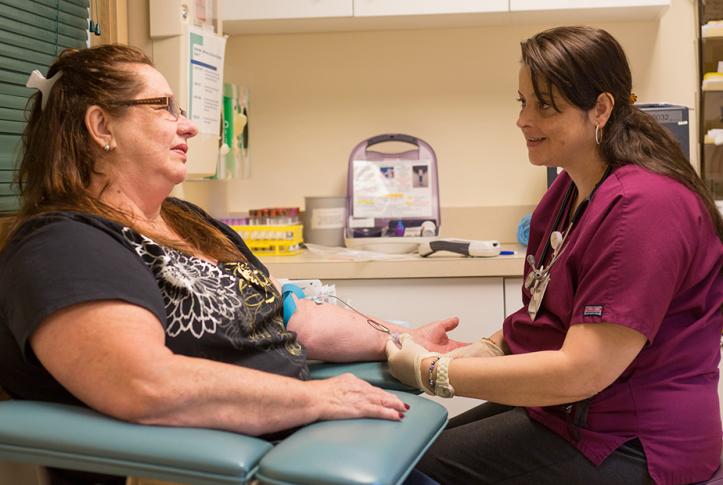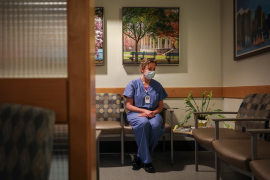The Issue
In a New England Journal of Medicine Perspective, Karen Davis highlights data from a 2013 Commonwealth Fund survey of adults in 11 high-income countries that shows the United States ranks last on measures of financial accessibility of care and availability of care on nights and weekends. For Americans with below-median incomes, barriers to care are particularly striking. Davis, the former Commonwealth Fund president, is director of the Roger C. Lipitz Center for Integrated Health Care at the Johns Hopkins Bloomberg School of Public Health.
What the Study Found
Low-income Americans are more likely than their counterparts in other countries to indicate that, in the past year, they had a medical problem but did not visit the doctor, did not fill prescriptions or skipped doses, or did not get recommended tests, treatments, or follow-up care — all because of costs. And despite the perception that other countries have long wait times for care, lower-income adults in the U.S. also have a harder time obtaining timely primary care than those in other industrialized countries.
While Americans with above-average incomes are not more likely than higher-income adults in other countries to report difficulty getting appointments, they do experience financial barriers to care at higher rates. This is most likely because of the greater reliance on patient cost-sharing in the United States.
Conclusions
The Affordable Care Act has begun to address gaps in health insurance coverage and in the adequacy and quality of that coverage. It contains provisions to expand the availability of primary care by increasing funding for community health centers and increasing payment for primary care services. On the other hand, the failure so far of nearly two dozen states to expand Medicaid could leave millions of lower-income Americans without coverage. In addition, Davis warns that the higher deductibles and copayments of lower-tier marketplace plans (bronze and silver) — combined with limited government help for people with modest incomes — may result in insurance coverage that remains unaffordable.



